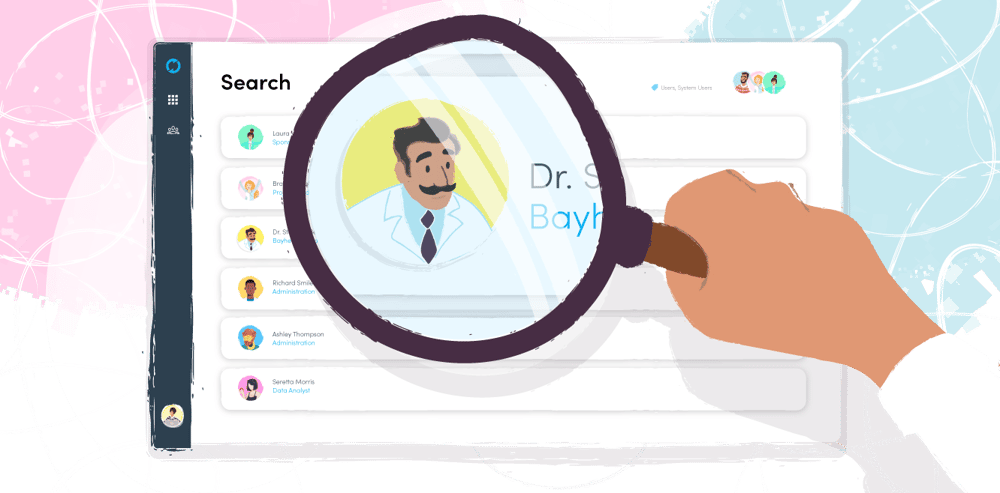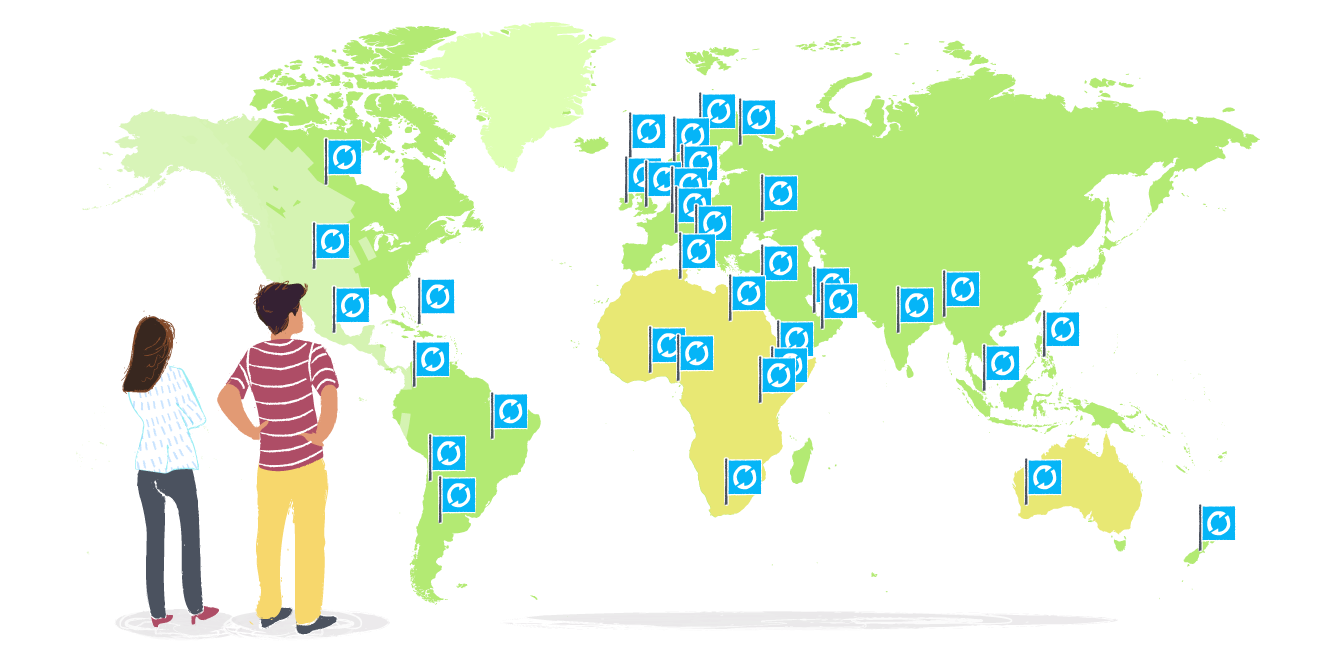Start improving with Life QI today
Full access to all Life QI features and a support team excited to help you. Quality improvement has never been easier.

Organisation already using Life QI?
Sign-up

Published on 28 October 2021 at 12:56

Historically it has been difficult to connect people and communities of healthcare professionals. So, it is no surprise we haven’t overcome this in the healthcare improvement community. There are a number of challenges when it comes to connecting healthcare improvers – working for different organisations can present enough of a barrier for some, but layer on the different internal IT systems, social media platforms, and external collaborative applications that people use and the challenge becomes even greater. Not to mention different approaches to documenting improvement work, and the perceived danger of breaching information governance policies.
So, it’s all to easy to say, why bother …

Connecting people allows for the exchange of advice and lessons that can help others. When sharing information about improvement work the ultimate outcome of this sharing is two-fold: increase the likelihood and speed with which others can achieve similar improvements.
Understanding both the successes, failures and approaches of others allows you to make best use of your improvement time by avoiding pitfalls that others have already experienced. This helps you to shortcut your way to improvement.

Life QI exists to accelerate healthcare improvement. For many this is about the ease with which you can bring a team together to collaborate using the integrated improvement tools to test changes and evidence the impact. But beyond this obvious use case, a powerful and sometimes overlooked capability is the ability to search for and connect and collaborate with the national improvement community using the platform. In the UK alone over 26,000 users have shared their profiles in the People area of the platform. It has fast become the LinkedIn of the healthcare improvement community.
This represents an incredibly rich database of country-wide improvers who you may be able to learn from and work with. Within the People area you can search for improvers by name or job role, see where they work, who they work with, and what projects they are working on. You can even connect with them on Life QI by striking up a conversation in the Discussions area of the platform.
This ability to connect people allows for communities of interest to be developed using the Groups feature. By inviting other improvers to your community of interest group you can then hold discussions threads, share documents and even share projects with the group.
What makes this single national database of improvers even more powerful is the ability to then collaborate with anyone on an improvement initiative. You can invite anyone in your national improvement community to join your project on Life QI. This may be so they can actively participate as a team member, or simply provide some guidance on how best to design your project.
Note: Inviting someone to your project will give them the ability to view all the data in your project (and edit if you choose that option). So, it is imperative that you comply with your organisation’s information governance policies when sharing access to data.

Life QI is used by over 2,000 organisations around the world. Projects range from small scale internal improvements to regional and even national collaboratives (e.g. Maternity and Neonatal Safety, Reducing Restrictive Practices). The nature and impact of the projects run on Life QI is hugely wide ranging – positive impacts have been seen in areas such as reducing medication errors, reducing violence on psychiatric wards, reducing waiting times, improving joy at work and other areas. In the UK alone there are over 14,000 active projects and 2,200 completed projects (as of October 2021). Crucially 60% of the completed projects have demonstrated meaningful improvement.
By default, all projects in Life QI are only viewable by staff at the organisation running the project, along with any direct team members on the project. But it is possible to share your project more widely if you wish to do so and it is appropriate to do so. By changing the privacy setting on a project to ‘everyone can view’ – all users in your country will be able to view, but not edit, the contents of your project.
Not every organisation wishes to share its projects (some or all) but many do. There is certainly a lot of variation when it comes to sharing across the 36 countries using Life QI; with the UK and New Zealand being the most open to sharing. Those that do share openly are helping others learn from their work and in doing so accelerating the rate of improvement within their country.
Thinking of running a QI project on reducing ulcers for example? Use the Life QI project database to research other organisations that have already worked on this. A quick search of the UK platform returns over 400 pressure ulcers projects. If they have chosen to share the content of their project with the community, you can review it to answer questions like: What was their aim? What were their change ideas? Which PDSA cycles worked? What was their measurement strategy?
Such a rich national library of active, completed, successful and failed improvement work has likely never existed. How can you learn from it? What are you doing that could contribute to this knowledge base?
Full access to all Life QI features and a support team excited to help you. Quality improvement has never been easier.

Organisation already using Life QI?
Sign-up